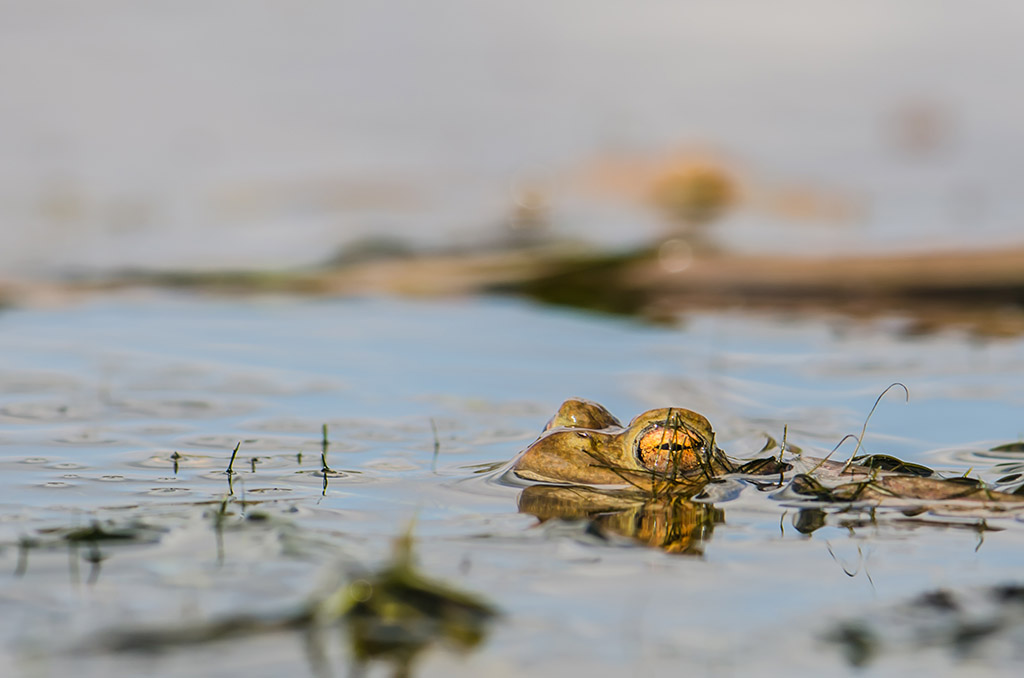Rainwater Harvesting Design Personal Reflections

"Permaculture offers a radical approach to food production and urban renewal, water, energy and pollution. It integrates ecology, landscape, organic gardening, architecture and agro-forestry in creating a rich and sustainable way of living. It uses appropriate technology giving high yields for low energy inputs, achieving a resource of great diversity and stability. The design principles are equally applicable to both urban and rural dwellers."
Bill Mollison
What went well?
Finally sitting down and putting a design together allowed me to figure out what I wanted to achieve with the overflow. I knew I wanted to collect rainwater in water butts; it was the overflow that was playing on my mind. Once I had decided on how many water butts, I was going to use I started looking at my options for the overflow. With the process of breaking my ideas down into a design, I was able to plan how the overflow would work.
The equipment list was also essential to the design process, researching what I could use and how I was going to use the equipment helped immensely with the design process.
What was challenging?
Skipping over the obvious oversight regarding the downpipe size, this design was a simple one to put together. In past designs, I’ve had moments where I’ve questioned if I was using the correct framework, for this design it just flowed, like water down a pipe.
If I had to pick out something that I could speak of as a challenge it would be having to wait for it to rain to test the system out. From building the system it was 3 months before I had enough rain to fill the whole system and experience the overflows working, and both work very well.
I was a little concerned the overflow in the back garden would be a little slow due to the length of the pipe and the water butt would overflow. It was a bit of a suck it and see, on paper, it sounded good, but we all know things often turn out different.
What are my long-term vision and goals for this design?
This design has sparked a greater interest in water for me. Researching tap water was fascinating and learning about other ways of water harvesting systems captivated my interest even more than before.
This is a design that once I’ve finished my diploma I’m going to go and keep researching. The overflow in the back garden is my main area of focus and how I can better use the excess water. This year I stopped myself from putting a larger pond into the garden due to wanting to focus on completing my diploma. After a year of observing how my overflow is working in the back garden, I’m hoping to come up with an interesting design for the new larger pond.
If you are a geek this is a design that will have a continuous next step process, I’m already looking forward to heavy rains.
What are the next achievable steps?
For a start, I need to keep a note of how much water I’m collecting and how much water I’m using. Then to keep tweaking the design, the result so far is like some crazy science experiment moving water around. It’s going to be one of those designs that I’ll keep coming up with better ways to improve.
I also want to understand how much water is overflowing out of the system and at what time of year. This will then guide me as to whether I have a problem that needs a solution.
Did you like using the PRIME framework for the third time, and how did it work for you?
I love using the PRIME framework.
For this design I’ve used a similar PRIME design framework template to my last design on soil fertility, this enabled me to plan out the basics relatively easily removing the need to have to think about how I should be using a framework.
Due to the limitations of what could be achieved in a small space with both downpipes on the lowest part of the gardens this design was going to be much shorter. Looking back on some of my earlier designs that tended to get large and confusing, taking different elements out of the designs and running them through a PRIME framework template like this one would have helped improve certain outcomes, along with keeping the main design, focused on its aims.
Out of the three PRIME designs I’ve now completed, this is the one in that I have not had to bend my thought process to get certain aspects of the design to fit into the framework. This is certainly a problem solution design with a focus on one thing, harvesting rainwater.
In what ways did the principles and ethics most significantly shift your decision-making?
As part of this design, I started researching the larger picture of water to understand our relationship with it at different periods in history along with how it’s used today. I found it mind-blowing to learn how much water has shaped our landscapes through human use.
I knew the importance of the relationship between water and cultures, it was the enormity that many water projects have had on impacting whole ecosystems that I found very interesting. Driven by financial incentives the welfare for everyone and everything else seemed to be a peripheral consideration that was quickly disregarded and forgotten about.
The criticism of any principles and ethics that could be compared to those that permaculture is based on, and the use of doublespeak allowed the few with the most power to do whatever they wanted to any landscape. It is no wonder why we now find ourselves at a tipping point where the natural world meets virtual reality with a digital pied piper leading the many into the metaverse to forget the world that they just came from.
Now, as I find myself heading towards the final few designs of my diploma, the permaculture principles, and ethics have taken on a different meaning than when I first started. They have shifted from solid structures into fluidity, merging into a pure sense of how to view the world.
Where did the principles and ethics have the most influence on your actions?
Design from patterns to details, this principle had the most influence on me due to finding it hard to incorporate my understanding of patterns into this design. Permaculture is rather heavy on the pattern’s principle, rolling out the images of all the different spirals in nature, and talking about the golden ratio. Understanding the geometric nature of our reality is fascinating but I had to think long and hard about patterns for this design.
For help, I went back to David Holmgren and his Permaculture Principles and Pathways Beyond Sustainability book to look at where he got his source material from to try and help me understand this principle a little better. From here I read Christopher Alexander’s a Pattern Language: Towns, Buildings, Construction. This book is also mentioned in Bill Mollison’s Permaculture a designer’s manual. The book was very helpful in explaining the use of a framework for patterns.
This whole design has been very inspirational for me, not only will I be researching water more, but I’ve also already got a list of other books I want to read related to the source material for the principles.
Any final words for this design?
To finish I’ll share a quote from Neil Hague’s book Orion’s Door -Symbols of consciousness and blueprints of control, this quote for me encapsulates what a drop of water is.
“Just as every cellular phone, pad, computer, etc., in our world is linked to the Internet, we are all connected in the holographic-matrix-earth reality to everything else created within this “sea of energy”. Just as water droplets are still the sea and ocean, the smallest particle is also everything from a star to a human being.”








